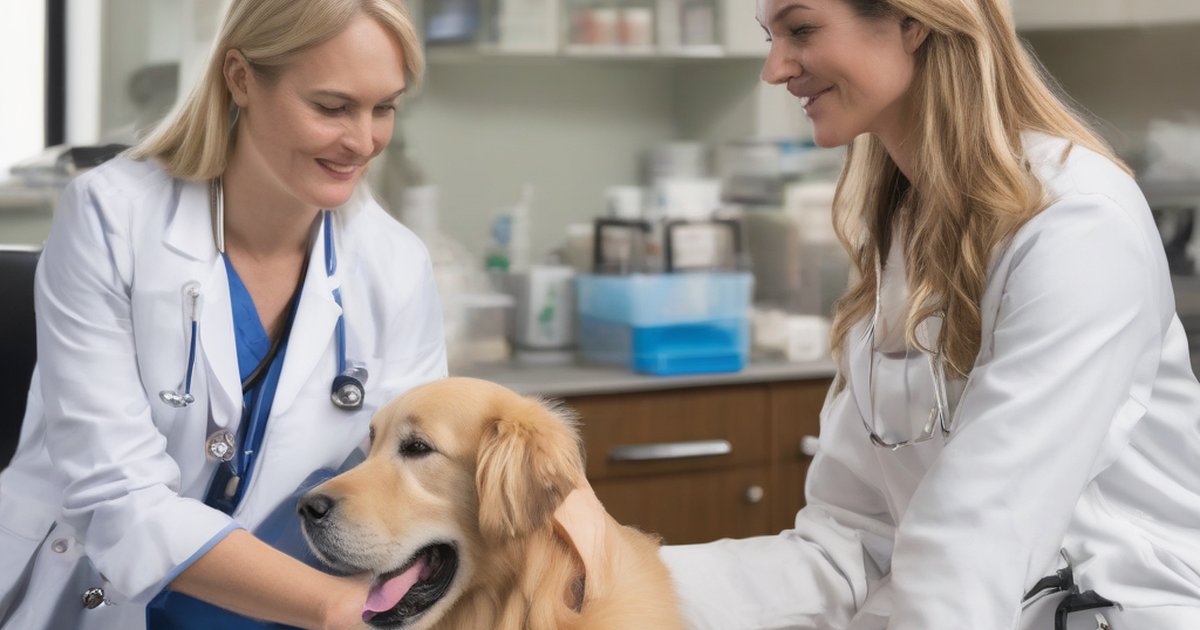Introduction
Your cat is straining in the litter box, and you’re worried about another urinary tract infection (UTI). Waiting days for lab results can feel endless when your pet is uncomfortable. You want answers and relief, fast.
Research Background
UTIs are common in both cats and dogs, but choosing the right antibiotic is a challenge—especially with rising resistance to common drugs like ampicillin. Many small clinics and shelters lack the tools for quick, affordable testing, leading to delays or less targeted treatment. This matters because inappropriate antibiotic use can worsen resistance and prolong your pet’s discomfort.
Study Details
- Double-blind diagnostic study using 57 urine samples from cats and dogs.
- Compared a simple bedside broth turbidity test (cloudiness indicates bacterial growth and resistance) to standard lab methods for detecting ampicillin resistance.
- Focused on identifying both resistant and susceptible urinary bacteria.
- Assessed test accuracy and agreement using sensitivity, specificity, and Cohen’s kappa (a measure of test consistency).
- Evaluated practicality for clinics and shelters based on equipment and cost.
Key Findings
Primary Results
The bedside broth turbidity test correctly detected ampicillin resistance with 89.47% sensitivity. This means the test found nearly nine out of ten resistant infections, helping clinics quickly identify problem cases. It also achieved 100% specificity for ampicillin resistance. In plain terms, every pet whose infection was not resistant was correctly identified, reducing the risk of unnecessary antibiotic changes. The test showed high agreement with traditional lab methods (Cohen’s κ = 0.94). Practically, this suggests the new test is very reliable and matches expert laboratory results closely.
Secondary Findings
All 36 cultures susceptible to ampicillin were accurately identified by the bedside test. This means pet owners and clinics can trust negative results when choosing antibiotics. Minimal equipment and reagent costs make the test accessible for smaller facilities. In plain terms, clinics and shelters can screen for resistance without major investments, increasing access to better care. Rapid in-house screening supports smarter antibiotic choices for feline and canine UTIs. Practically, this suggests pets can get the right medicine faster, reducing unnecessary exposure to broad-spectrum drugs.
Implications for Pet Owners
At home
Imagine yourself in this situation: Your dog starts to have accidents in the house, and you notice blood in the urine. You worry about another UTI and wonder if the usual antibiotics will still work. With faster in-clinic testing, your vet might be able to tell you within hours—not days—if ampicillin is a good choice.
Think about your typical day caring for a cat who has had repeated UTIs. You spend extra time cleaning up, watching for signs of pain, and hoping this round of treatment will finally work. Quick, accurate screening means your cat could start the right medication sooner, possibly feeling better in less time.
Here’s what this means for your everyday life: You may spend less time waiting and worrying, and more time helping your pet recover. Prompt, targeted treatment reduces the chances of side effects or failed therapies, so your pet can get back to normal routines. You’ll also play a role in protecting future antibiotic options by avoiding unnecessary use. Supporting your vet’s efforts to use the best test means safer, more effective care for your pet and others in your community.
With your veterinarian
- Ask if your clinic offers rapid broth turbidity testing for UTIs.
- Share any history of recurring infections or failed antibiotics.
- Discuss test results before starting or changing antibiotics.
- Request updates if your pet’s symptoms persist after initial treatment.
- Confirm which antibiotics are truly effective for your pet’s infection.
Study Limitations
- Modest sample size of 57 urinary isolates limits broad generalizability.
- Only cats and dogs included; results may not apply to other species.
- Focused specifically on ampicillin resistance, not all antibiotic types.
- Larger studies needed to confirm accuracy in varied clinical settings.
- What we don’t know yet: How the test performs with different bacterial species.
Bottom Line
Quick, low-cost bedside testing can help vets pick the right antibiotic for pet UTIs. This means faster relief for your dog or cat and smarter use of medicines.
Quick Action Checklist
Your action plan starts with these thoughtful steps: keep an eye out for any signs of urinary trouble in your cat or dog, such as straining, frequent urination, or blood in the urine. Make a note of any previous UTI episodes and antibiotic responses to share with your vet. If your clinic offers rapid resistance testing, ask about it when your pet shows symptoms. Stay alert for changes in your pet’s behavior and comfort, and follow treatment instructions closely. Discuss possible resistance and the best antibiotic choices with your veterinarian. Make sure to schedule follow-up appointments if symptoms linger or worsen. By staying informed and proactive, you help ensure your pet gets the most effective care possible.
Disclaimer
This information is for educational purposes only and is not a substitute for professional veterinary advice or treatment. Always consult your veterinarian for guidance specific to your pet’s health.



